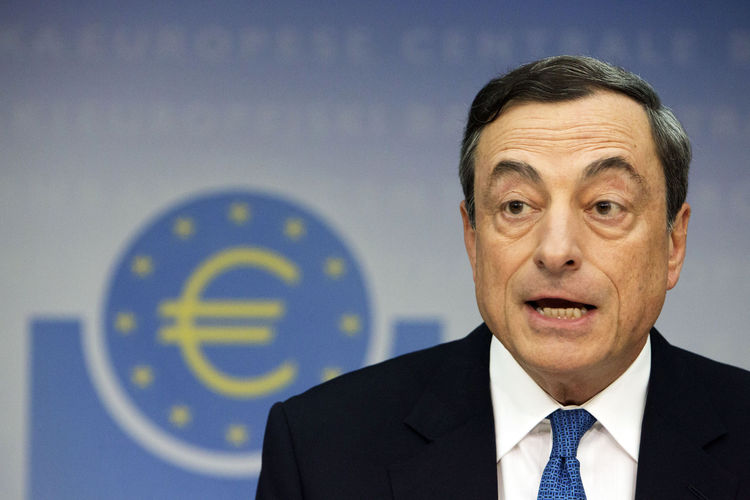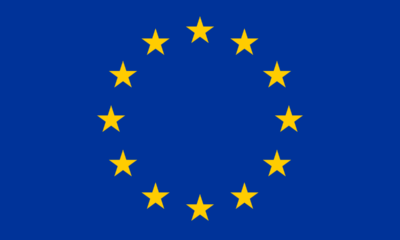Oil prices stabilized in Asian trading on Monday as markets turned their attention to an upcoming OPEC+ meeting, where producers are expected to discuss maintaining voluntary output cuts for the remainder of the year.
This critical meeting, scheduled for June 2, will be held online following a brief postponement, OPEC announced last Friday.
The Brent crude oil, against which Nigerian crude oil is priced, stood at $82.36 a barrel, while the U.S. West Texas Intermediate (WTI) crude oil rose by 28 cents to $78 per barrel.
The stabilization in prices comes after a week of declines with Brent ending last week about 2% lower and WTI losing nearly 3%.
This downturn was influenced by minutes from the Federal Reserve’s recent meeting, revealing that some officials are open to further tightening interest rates if deemed necessary to control persistent inflation.
Market activity is expected to be relatively subdued on Monday due to public holidays in the United States and the United Kingdom.
However, anticipation is building around the OPEC+ meeting, where producers will deliberate on extending the current voluntary output cuts of 2.2 million barrels per day into the second half of the year. Sources within OPEC+ suggest that an extension is likely.
Sugandha Sachdeva, founder of Delhi-based research firm SS WealthStreet, expressed confidence in the potential extension, stating, “Oil futures are expected to maintain today’s gains due to expectations of the cuts being extended.”
She also highlighted the influence of upcoming U.S. Producer Price Index (PPI) data on market movements, which will shape the Federal Reserve’s approach to potential rate adjustments.
Combined with an additional 3.66 million barrels per day of production cuts valid through the end of the year, these measures account for nearly 6% of global oil demand.
OPEC remains optimistic about continued growth in oil demand, forecasting an increase of 2.25 million barrels per day for the year, while the International Energy Agency (IEA) anticipates slower growth of 1.2 million barrels per day.
Analysts at ANZ noted that they will be closely monitoring gasoline usage as the Northern Hemisphere enters summer, a peak season for driving holidays.
They commented, “While U.S. holiday trips are expected to hit a post-COVID high, improved fuel efficiency and EVs could see oil demand remain soft,” but added that this could be offset by rising air travel.
This week’s market dynamics will also be influenced by the U.S. personal consumption expenditures (PCE) index, due to be released on May 31.
The PCE index is regarded as the Federal Reserve’s preferred measure of inflation, and its findings could provide further indications of the central bank’s interest rate policies.
In a related development, Goldman Sachs has revised its forecast for 2030 oil demand upwards to 108.5 million barrels per day from the previous 106 million barrels per day.
The investment bank also projects peak oil demand to occur by 2034 at 110 million barrels per day, followed by a prolonged plateau until 2040.

 Naira4 weeks ago
Naira4 weeks ago
 Naira3 weeks ago
Naira3 weeks ago
 Naira4 weeks ago
Naira4 weeks ago
 Naira3 weeks ago
Naira3 weeks ago


 Naira3 weeks ago
Naira3 weeks ago




 Naira2 weeks ago
Naira2 weeks ago


 Naira6 days ago
Naira6 days ago
 Jobs4 weeks ago
Jobs4 weeks ago

















